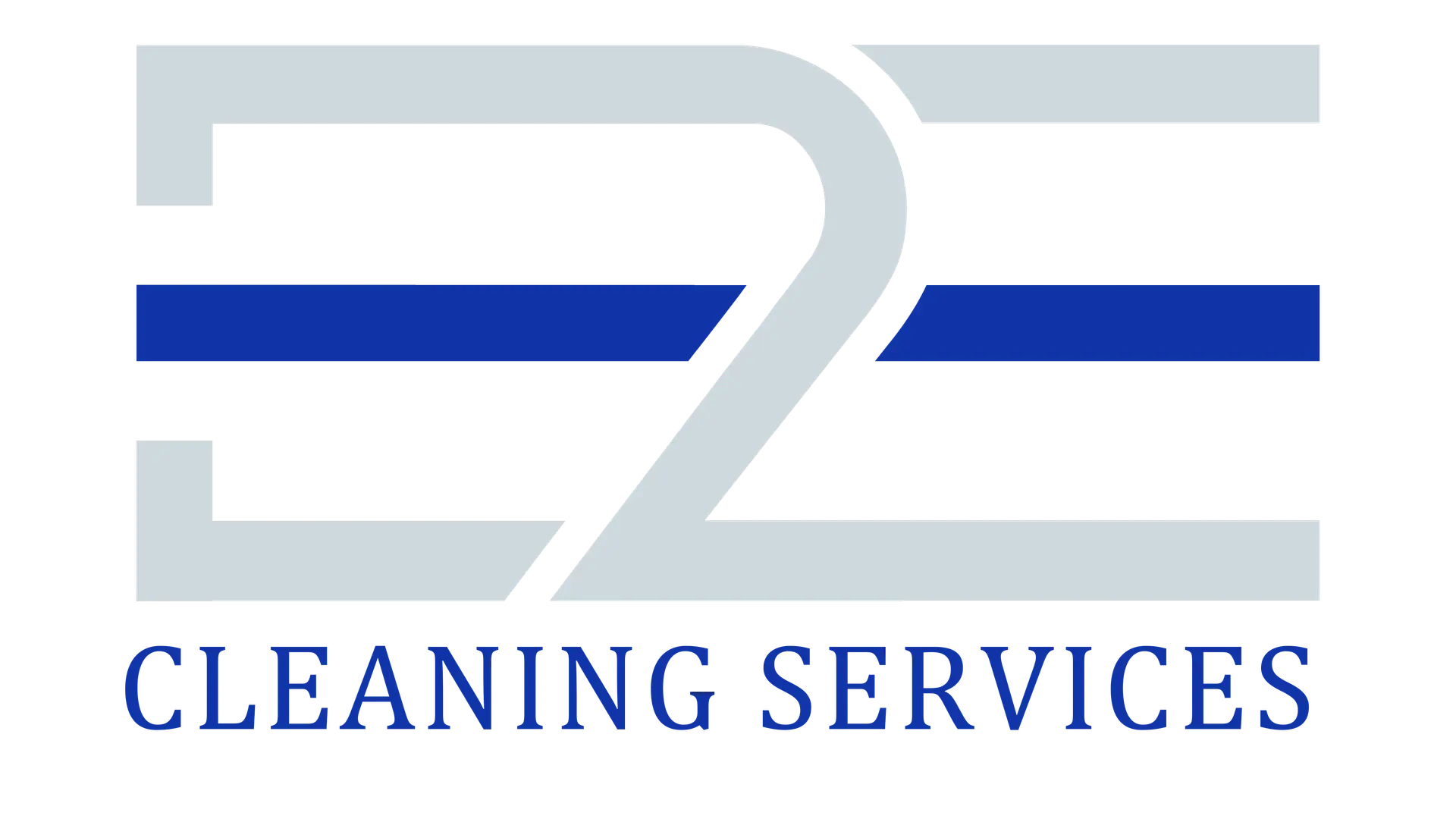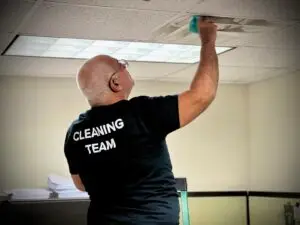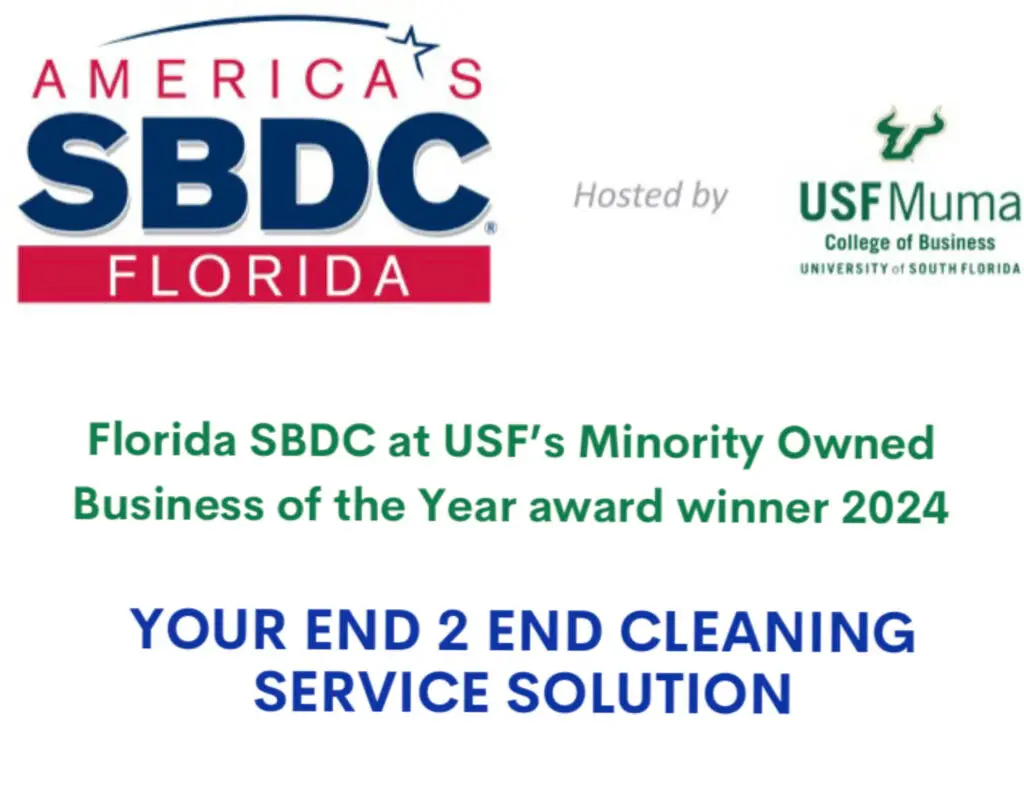This is a comprehensive guide to high-touch surface disinfection in the commercial environment using science based approaches.
We look at how infection is transmitted, which are the key contact points and what efficient disinfection protocols involve including deep cleaning and and professional day porters services.
Building owners, facility managers, and cleaning professionals will find actionable strategies to minimize pathogen spread, to provide protection of building occupants and to implement sustainable infection prevention programs that fulfil regulatory standards.
Understanding the Chain of Infection
In the chain of infection, high touch surfaces are critical transmission vectors in commercial environments.
This chain has six links that are interconnected:
- Infectious agent
- Reservoir
- Portal of exit
- Mode of transmission
- Portal of entry
- Susceptible host
Breaking any link, but particularly transmission, can stop the spread of infections
Pathogens that transfer from contaminated surfaces to individuals through hand contact and touching the face, eyes, or mouth are transmitted via surface transmission.
According to research from the American Journal of Infection Control, people touch their faces an average of 23 times per hour, so surface to person transmission is especially worrisome in high traffic facilities.
Pathogens survive on surfaces for greatly varying periods of time. Influenza viruses remain viable for 24 48 hours on plastic and stainless steel, while SARS CoV 2 can remain viable up to 72 hours. Norovirus, well known in hospitality environments, can even survive for up to two weeks on hard surfaces. MRSA bacterial pathogens remain infectious even on dry surfaces for months.
The extended viability periods emphasize the need of having strategic disinfection protocols to prevent infections.
Pathogen survival rates are strongly influenced by the surface material. Viable pathogens can be retained longer on non-porous surfaces (stainless steel, plastic, laminate) than on porous materials. However, porous surfaces present unique barriers because pathogens can become trapped in the fibres of the material, beyond the reach of surface disinfectants.
Because of this variability, a customized approach to eradicating pathogens on the identified surfaces would be required, depending on the surface used, its surface composition and environmental conditions such as humidity and high temperature.
Identifying and Prioritizing High-Touch Surfaces
The identification of high touch surfaces are the basis for effective disinfection strategies. They can include door handles, light switches, elevator buttons, handrails, shared electronics, countertops, faucets, and dispensers, depending on the type of facility.
Additional surfaces in healthcare environments include bed rails, medical equipment controls and nurse call buttons.
Three key factors should be evaluated in risk assessments:
- Contact frequency: Surfaces touched multiple times daily by different individuals are more likely to transmit. Main entrance door handles are contacted over 1,000 times a day in busy facilities, according to studies.
- User diversity: Greater potential for cross contamination occurs from surfaces contacted by various individuals from different demographic groups than by limited personnel.
- Surface characteristics: Consider material porosity, texture, and antimicrobial properties. Microscopic crevices on textured surfaces are able to harbor more pathogens.
Priority mapping is the process of dividing surfaces into high, medium and low risk zones. Disinfection of high risk zones should be performed multiple times a day, medium risk zones once a day and low risk surfaces on a regular, but less frequent schedule.
This approach targets where efforts will generate the maximum impact on the problem and results in optimal utilization of resources.
Facility maps linked to colour coding systems should be used for strategic implementation to highlight priority touch points. Red surfaces need to be disinfected several times a day, yellow surfaces should be disinfected daily and green surfaces are routinely scheduled for cleaning.
This visual management system increases compliance and ensures that cleaning teams follow the protocol consistently.
Strategic Disinfection Protocols
There is a careful selection for effective disinfection protocols requiring appropriate disinfectants, considering the target pathogens, compatibility for the surface and safety concerns.
List N is maintained by the Environmental Protection Agency (EPA) and contains products that are effective against SARS-CoV-2 and other pathogens. When choosing disinfectants make sure they have appropriate kill claims for organisms found in your facility.
Broad spectrum effectiveness against bacteria, fungi and enveloped viruses with relatively low toxicity are offered by quaternary ammonium compounds (“quats”). They also give extended protection due to their residual antimicrobial activity.
In healthcare settings and areas where norovirus is suspected, stronger options such as sodium hypochlorite (bleach solutions at 1000–5000 ppm) may be needed. Alcohol based solutions (70 90% concentration) are rapidly effective as a disinfectant without damaging sensitive electronic equipment.
Disinfectant efficacy requires proper application. Dwell time, the time a disinfectant must be visibly wet on a surface to achieve stated kill claims, is a critical and often overlooked factor. The time that this takes varies from 30 seconds to 10 minutes, depending on the product and target pathogens. One of the main causes of disinfection failure is insufficient dwell time.
Disinfectants should be applied generously enough to keep surfaces visibly wet for the required dwell time.
The sequence of disinfection is equally important.
Never start the disinfection process before visibly cleaning dirty surfaces as organic matter can neutralize disinfectants and will create a protective barrier for pathogens.
For maximum effectiveness:
- Use detergent based cleaners to remove visible soil
- If needed, rinse to remove the detergent residue
- Use disinfectant and ensure proper wet contact time
- Dry by air or according to product instructions
Detailed logs for documenting the disinfection activities are helpful to meet the compliance as well as they are able to highlight the gaps and provide necessary records for regulatory inspection or outbreak investigations.
Strategic high-touch surface disinfection. Click Here
Integrating Deep Cleaning and Day Porter Services
All aspects of a comprehensive infection control strategy include routine disinfection as well as scheduled deep cleans and continuous maintenance with day porter services. It is a multiple layer approach that will fill no gaps in the coverage effort while achieving maximum efficiency of available resources.
Deep cleaning extends beyond surface disinfection by addressing pathogen reservoirs in carpets, upholstery, air handling systems, and hard-to-reach areas.
Professional deep cleaning typically includes:
- Cleaning of carpets and upholstery using EPA-registered disinfectants for extraction cleaning
- All surfaces will be treated with HEPA vacuum filtration to remove particulate matter that may harbor pathogens
- Decontamination of HVAC components, including coils and drain pans
- Application of disinfectant foggers or electrostatic sprayers for comprehensive coverage
- Detailed attention to overlooked areas like undersides of furniture and light fixtures
ATP (adenosine triphosphate) testing can be used to verify cleaning effectiveness in healthcare facilities and other areas with immunocompromised occupants by measuring biological residue on surfaces.
For high risk environments, such as hospitals, restaurants or any commercial property , the professional deep clean should be scheduled on a regular basis biweekly, or monthly and depending on occupancy levels and seasonal disease prevalence.
A day porter service is the service that bridges the gap between deep cleaning sessions and continuous maintenance during operational hours.
Through the following, day porters offer real-time response to potential infection risks:
• Disinfection of high touch common area surfaces hourly
• Immediate attention to biological spills and contamination events
• Hand sanitizer station and soap dispenser restocking and monitoring
• Regular bathroom disinfection and maintenance
• for biofilm development and superficial harm that may hold pathogens.
A clear communication between the deep cleaning teams and day porters guarantees seamless coverage. Day porters can use shared documentation systems to flag areas that need special attention for the next deep cleaning cycle as well as see information about recent deep cleaning activities in order to better determine the next day priorities.
Implementation and Quality Assurance
Disinfection protocols are generally effective only when properly carried out, having proper continuing training, and being verified as to quality. A comprehensive program must be developed, and this requires a number of key components.
Training of staff should include theoretical knowledge and practical demonstration. Components in the classroom should include pathogen transmission, chemical hazards, how to use PPE properly, and regulations. The correct dilution rates, application techniques and dwell time management should be demonstrated through hands on training.
Recertification annually is the way to make sure knowledge is up to date with the changes and evolution of the protocols.
Common implementation challenges include:
- Chemical compatibility issues: Some disinfectants are incompatible with surfaces or previously applied products. Prevent surface damage and dangerous chemical interactions via development of facility specific compatibility charts.
- Inadequate coverage: Personnel may miss some areas or don’t apply enough product. During training, fluorescent markers are used to highlight missed areas during UV light inspection.
- Resistance to protocol changes: Staff will resist protocol changes by reverting to well learned but outdated methods. Resolve this via reported performance metrics and by clear explanation of scientific rationale.
Objective verification methods need to be used for quality assurance. Pathogen reduction can not be confirmed by visual inspection alone.
Implement a multi-tier verification system:
- Testing of ATP to measure biological residue (aim for readings under 100-150 RLU on critical surfaces)
- Fluorescent gel marking to determine how well the cleaning was done
- Environmental sampling for specific pathogens in high-risk settings
- Regular auditing of disinfection logs and protocols
To be effective, create a continuous improvement cycle in which protocol and training changes are informed by verification results. Use audit results to show trends to demonstrate program effectiveness to stakeholders and to identify systemic issues that could be addressed through process changes.
Conclusion
To break the chain of infection, strategic high touch surface disinfection must be done in a systematic, science based approach. Facilities can greatly decrease their infection risks by knowing what pathogen transmission dynamics are, by knowing what surfaces are priorities to disinfect, by picking a good disinfectant to use, and by implementing comprehensive protocols that include deep cleaning as well as day porter services.
The thoughtful implementation, training of all staff, and verification are what is paramount for it to be successful. The best programs weave new ideas and new technologies and even new research, along with changes in facility needs, into their programs while also being fanatical about dwell time and full coverage.
Since pathogens change and new challenges occur, the nature of disinfection protocols must likewise advance. To make sure that their infection prevention strategies continue to be aligned with those best practices, development or revision of policies and guidelines should be reviewed on a regular basis by facility managers with reference to guideline from CDC, EPA or industry associations.
By following the proper application of these strategic protocols, commercial facilities will achieve healthier and safer environments for all occupants.









